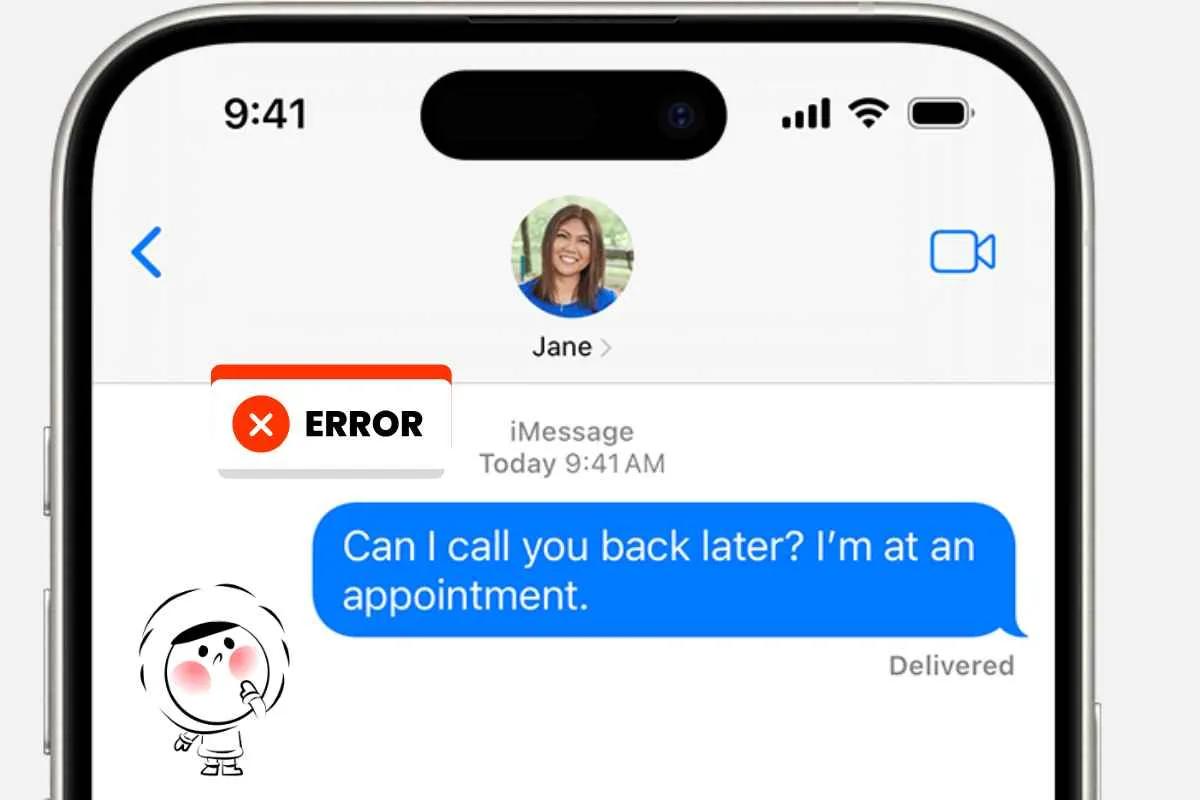
African Safari Guide
Why African Safaris Are Unforgettable
1. Wildlife Enthusiast : Iconic, Up‑Close Encounters
Safari offers unmatched wildlife viewing—from the Big Five (lion, leopard, elephant, buffalo, rhino) to cheetahs, wild dogs, giraffes, and more—right in their natural habitat. Witnessing a lion pride lazing in the savannah or catching sight of a stalking leopard brings unparalleled excitement.
2. Emotional & Mental Wellness : Reconnecting with Nature
In our technology-saturated world, safaris offer a powerful reset. The silence of the bush, the vast landscapes, and spot-the-moment wildlife tracking encourage mindfulness and reduce stress. Studies show these experiences lower cortisol and improve emotional well-being.
3. Adventure Seeker : Thrill & Unpredictability
A safari immerses you in an environment where anything can happen: witnessing dramatic predator-prey chases, sudden wildlife sightings, or unexpected bonding with local guides. The excitement of breaking the “never leave the vehicle” rule when giraffes wandered close demonstrates the raw thrill of the bush.
4. Cultural Immersion : Beyond Wildlife
Safaris often include rich cultural elements—visiting Maasai villages, enjoying Zulu dances, learning beer-making traditions, or witnessing San rock art. These interactions deepen understanding of local traditions and foster meaningful connections.
5. Conservation & Community Impact Perspective
Choosing a safari directly supports wildlife protection and local communities. Park conservation fees fund anti-poaching and habitat preservation efforts, while eco-friendly tours provide local employment, education, and sustainable development.
Safari Cost Breakdown
- Budget Safaris – US $125–250 per person per day
- Ideal for travelers who prefer camping or basic lodges, group game drives, and shared guides.
- Example: 3‑day safaris can start as low as US $100–150/day in Kenya, Tanzania, Namibia, or South Africa.
- Mid‑range Safaris – US $350–600 per person per day
- Includes comfortable tented camps or private lodge rooms, often with ensuite amenities, and private or smaller-group game drives.
- Packages typically offer better food, more personalized service, and sometimes fly‑in transfer options.
- Luxury Safaris – US $750–1,500+ per person per day
- Features high-end lodges or camps with top-tier service, gourmet meals, spa facilities, private vehicles, and exclusive activities.
- Premium properties like Finch Hattons in Kenya run between US $990–1,450 per person per night, inclusive of park fees and activities.
- Example Multi‑Day Safari Costs
- 3-day safari: Budget‑style tours start at ~US $620 total, luxury versions can reach ~US $1,700 total.
- 5‑day safari in South Africa: Budget ~US $800–1,200; mid‑range ~US $2,000–3,000; luxury ~US $4,000–6,000 .
- Country‑specific examples
- Tanzania (7 days): Budget ~US $1,500–2,000; mid‑range ~US $3,000–4,500; luxury up to ~US $6,000–12,000.
- Kenya (5 days): Budget ~US $1,000–1,500; mid‑range ~US $2,500–3,500; luxury ~US $4,500–8,000.
Additional Costs to Budget For
- Park entrance fees & permits – Often included, but check specifics (e.g., gorilla permits ~$1,500 extra in Rwanda/Uganda).
- Transfers & transport – Shared vehicles usually included; fly‑in or charter flights add US $200–400 per leg.
- Activities – Optional extras like hot‑air balloon rides (~US $400–600), bush walks (~US $50–150), guided cultural visits.
- Visas, vaccinations & insurance – Mandatory visa fees, immunizations, malaria prophylaxis, and travel insurance can add several hundred dollars.
- Tips & personal expenses – Gratuities for guides, staff, and park rangers, plus souvenirs and beverages.
Best Time to Go on Safari by Season
1. Dry Season (June – October) – Peak Game Viewing
- Why it matters: With scarce water sources and sparse vegetation, animals congregate around rivers and waterholes, making them easier to spot.
- Great Migration peak: Witness Maasai Mara and Serengeti river crossings between July and October.
- Regional highlights:
- East Africa (Kenya, Tanzania): June–October is ideal for predator-prey drama and migration activity.
- Southern Africa (South Africa, Botswana, Zimbabwe, Zambia): Best big-game sightings at shrunk water sources.
2. Green Season (November – May) – Lush Scenery & Calving
- Landscape appeal: Rain brings in vivid emerald surroundings—perfect for stunning photography.
- Wildlife highlights:
- Calving season (January – March): Over 500,000 wildebeest calves are born, attracting numerous predators.
- Short rains (Nov–Dec): Again brings greenery, birdlife, and fewer tourists, plus lower prices.
3. Specialized Experiences
• Great Migration Viewing Windows
- Calving (January – March): Southern Serengeti showcases newborn herds and intense predator activity.
- River crossings (July – October): Dramatic scenes at Grumeti and Masai Mara rivers—timed for peak performance.
• Gorilla Trekking (East Africa)
- Best periods: June–September and January–February offer drier, more navigable trails in Uganda and Rwanda.
• Botswana canoe safaris (Okavango Delta)
- Peak water levels: June–August floods create prime conditions for mokoro canoe rides.
• Birdwatching & Photography
- November – March: Excellent for migratory birds and lush landscape shots across East and Southern Africa.
4. Crowd Levels & Costs
- Peak dry season (June–October): High demand means higher prices and more crowded camps.
- Shoulder seasons (Apr–Jun & Nov–Dec): Quieter parks, lower rates, beautiful scenery .
- Green season: Offers the best value with fewer tourists and discounted safari packages.
5. Weather & Comfort Considerations
- Dry, clear skies (Jun–Sep): Ideal for game drives and photography—but early mornings can be chilly .
- Rainy season heat (Nov–Mar): Brings humidity, muddy roads, and occasional camp closures—still rewarding for scenery and newborn wildlife.
Safari Timing Cheat Sheet
- June–October
- Pros: Best wildlife visibility, peak migration, optimal photography light
- Cons: Higher prices, more travelers
- January–March
- Pros: Calving season, rich scenery, fewer travelers
- Cons: Rainy spells, potentially tricky travel logistics
- April–May & Nov–Dec (Shoulder Seasons)
- Pros: Lower rates, green landscapes, fewer visitors
- Cons: Unpredictable rain, fewer wildlife concentrations
Recommendations Based on Goals
- Want river crossings and big predator hunts? Go July–October in Masai Mara or Serengeti.
- Seek newborn animal drama? Choose January–March in Serengeti.
- Love lush photography and birdlife? Opt for Nov–Dec in East Africa or rainy months in the south.
- On a budget? Consider shoulder seasons (April–May or November–December) for savings.
- After gorillas or mokoro safaris? Head to East Africa in June–September, or take advantage of calmer trails.
Sample Safari Itineraries
3-Day Masai Mara Safari (Kenya)
Perfect for travelers with limited time, offering immersive wildlife and cultural experiences without rushing.
- Day 1: Early morning pickup from Nairobi (7–8 am), scenic drive through Great Rift Valley, arrive in Masai Mara by midday. Afternoon game drive and overnight at a mid-range lodge or tented camp.
- Day 2: Full-day game drive with packed lunch—explore deeper into the reserve, spotting the Big Five and possibly migration herds .
- Day 3: Optional early morning game drive, followed by a visit to a Maasai village. Return to Nairobi in the afternoon, with drop-off at the airport or hotel.
Add a hot-air balloon safari (~US $400–450) for sunrise aerial views. Stay at camps offering both road and fly-in access, with private vehicles for a personalized experience.
10-Day Classic Kenya–Tanzania Safari
For those who prefer expert-led, smoothly organized journeys with cultural immersion.
- Day 1: Drive from Nairobi to Masai Mara—get your first game-viewing thrill.
- Day 2: All-day safari in Masai Mara with picnic lunch and abundant wildlife viewing.
- Day 3: Morning drive—then cross into Tanzania to Serengeti for afternoon wildlife action .
- Days 4–5: Two full days exploring Serengeti’s vast plains and wildlife spectacles .
- Day 6: Safari drive and transfer to Ngorongoro Crater for crater-edge lodging.
- Day 7: Descend into the crater for a morning game drive, then head to Tarangire for afternoon safari.
- Day 8–9: Optional visits to Amboseli or Lake Nakuru before returning toward Nairobi.
- Day 10: Final transfer back to Nairobi for departure.
Why this works: It blends classic highlights like Masai Mara, Serengeti and Ngorongoro, with optional side stops and a relaxed yet structured pace.
Safari planning tips
- Book 4–6 months ahead for gorilla permits and peak-season lodges.
- Budget for vaccinations and malaria prophylaxis, recommended 6–8 weeks before travel.
- Consider charter flights (e.g., Nairobi–Serengeti ~$145), which offer flexibility and time-saving.
- Bring sunscreen, insect repellent, a good camera, binoculars, and layered clothing.
Why Eskimo eSIM makes your safari trip easier
Planning across multiple African countries? Eskimo eSIM gives you borderless data coverage across North America, Europe, Asia‑Pacific, Africa and more. With unlimited-speed data, you can share photos in real-time, navigate remote areas using Google Maps, or stream wildlife references with ease.
You'll enjoy long validity (2 years), unlimited data transfer, and affordable pricing—perfect for varying itinerary lengths and last-minute adjustments. And new users get free global eSIM via our signup promo here.
FAQs
What wildlife can I expect on safari in Africa?
You’re likely to see the Big Five—lion, elephant, buffalo, leopard, rhino—as well as giraffes, zebras, wildebeest, hippos, hyenas, cheetahs, wild dogs and abundant birdlife depending on park and season.
Which national park offers the best “Big Five” experience?
Serengeti, Masai Mara, Kruger, Sabi Sand, Chobe, and South Luangwa are among the top parks for Big Five sightings with consistent safari quality and infrastructure.
Do I need visa and health preparations?
Yes—check visas, take recommended vaccines (yellow fever, typhoid, hepatitis A), consult your doctor 6–8 weeks in advance, and bring malaria prophylaxis
Can children go on safari?
Children are welcome on safaris at the right age with adequate planning. To ensure a rewarding experience, confirm lodge policies, request private or bespoke drives, and select camps that offer safe, engaging programmes for kids.

















